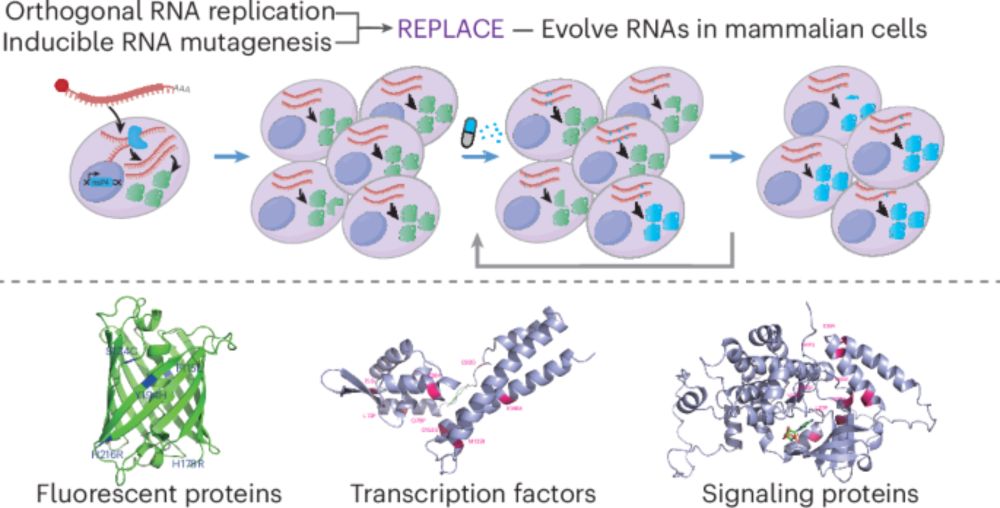www.biorxiv.org/content/10.1...
1/n

www.biorxiv.org/content/10.1...
1/n

🧵
Is it impressive? Yes
Is it new? No
Should you use it? Probably not.
www.cell.com/cell/fulltex...
Preprint: www.biorxiv.org/content/10.1...
Kuffer & Marzilli engineered conditionally stable MS2 & PP7 coat proteins (dMCP & dPCP) that degrade unless bound to RNA, enabling ultra–low-background, single-mRNA imaging in live cells.
🔗 www.nature.com/articles/s41...
🧬 www.addgene.org/John_Ngo/
Kuffer & Marzilli engineered conditionally stable MS2 & PP7 coat proteins (dMCP & dPCP) that degrade unless bound to RNA, enabling ultra–low-background, single-mRNA imaging in live cells.
🔗 www.nature.com/articles/s41...
🧬 www.addgene.org/John_Ngo/
www.nature.com/articles/s41...
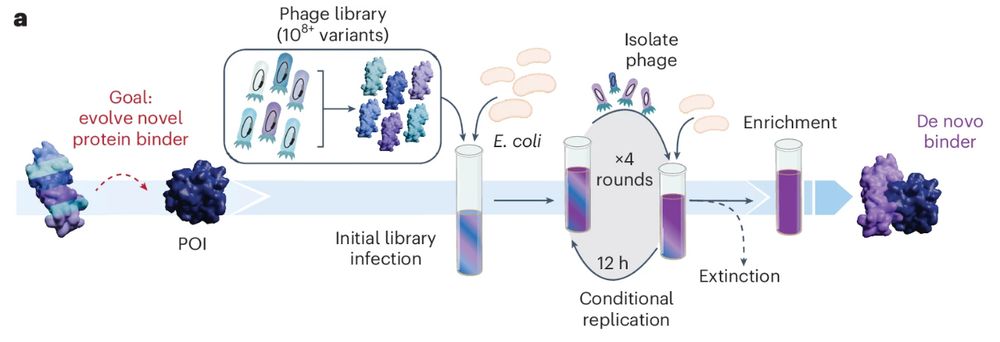
www.nature.com/articles/s41...
In new work @arcinstitute.org, we report the discovery and engineering of the first programmable DNA recombinases capable of megabase-scale human genome rearrangement
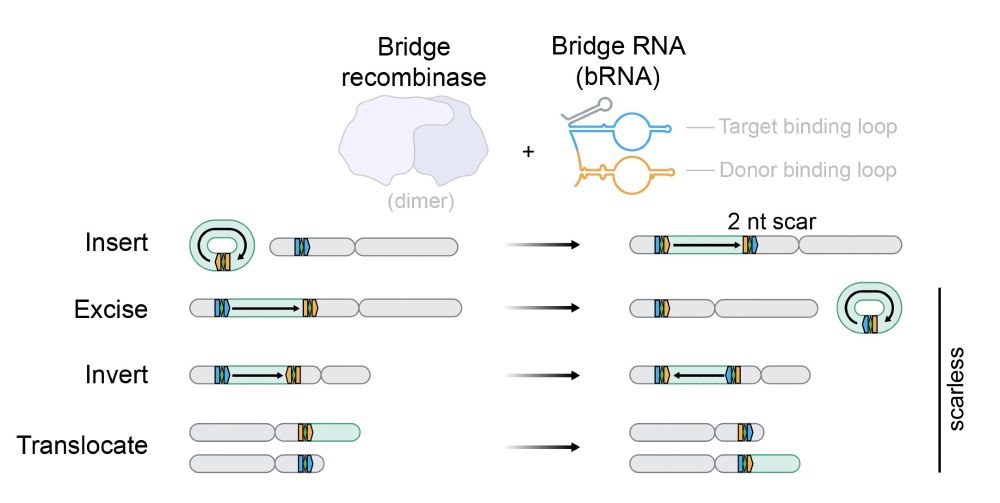
In new work @arcinstitute.org, we report the discovery and engineering of the first programmable DNA recombinases capable of megabase-scale human genome rearrangement
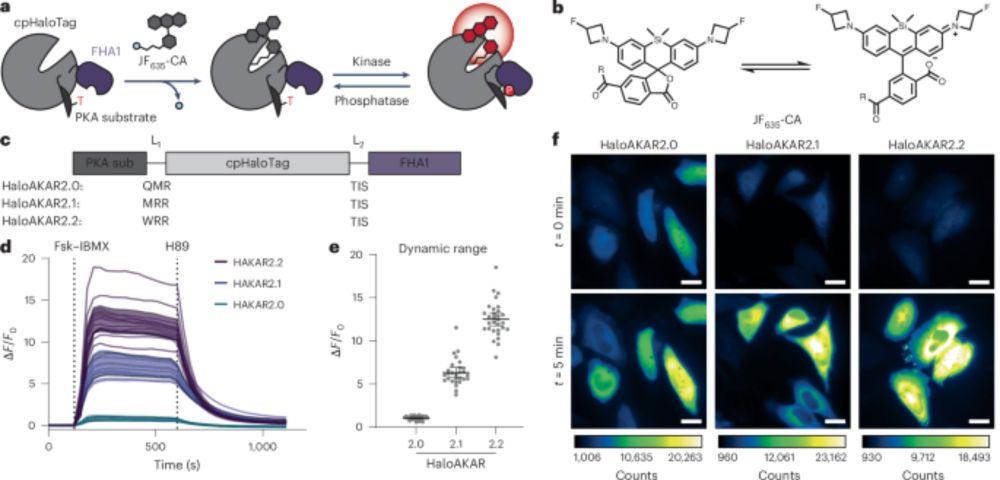
ENVLPE, our system for VLP-based delivery of gene editors, is now published in @cellcellpress.bsky.social. We showed efficient delivery of base- and prime-editors in primary T cells & in vivo retinal models. All core constructs are available from @addgene.bsky.social.
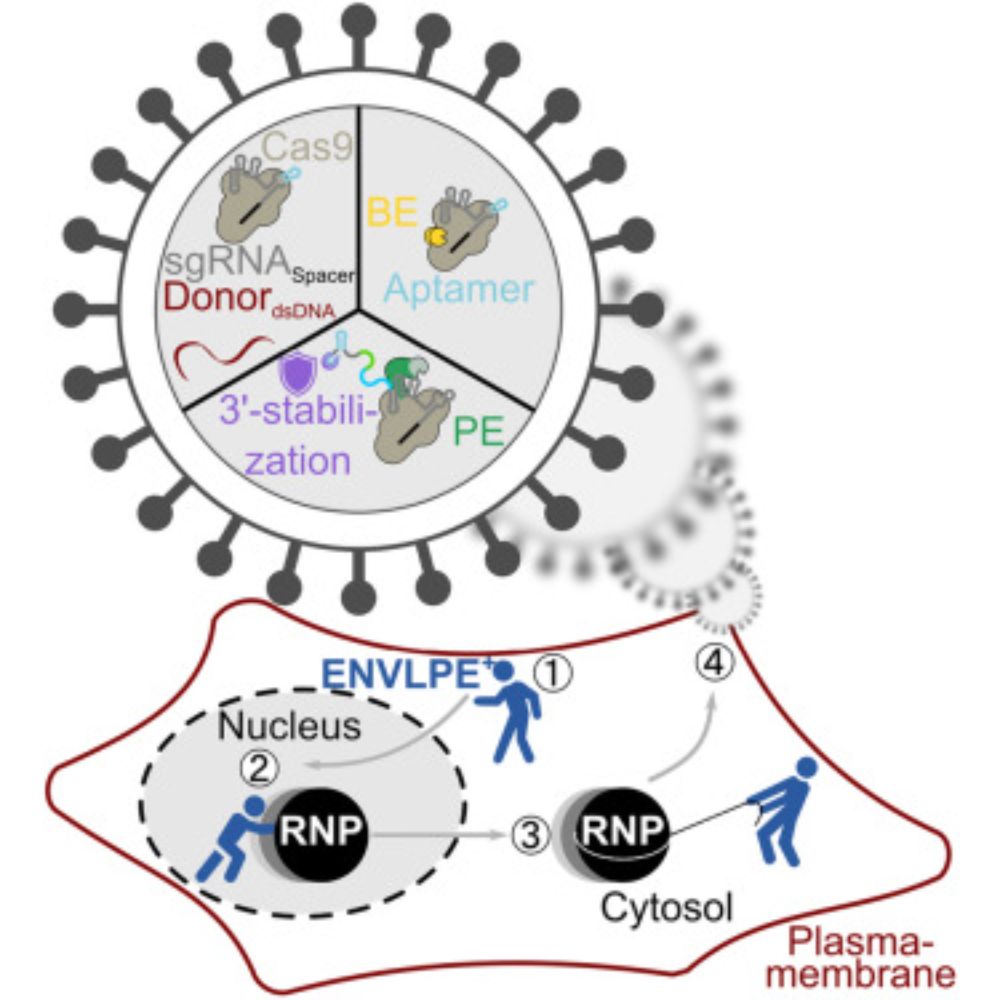
ENVLPE, our system for VLP-based delivery of gene editors, is now published in @cellcellpress.bsky.social. We showed efficient delivery of base- and prime-editors in primary T cells & in vivo retinal models. All core constructs are available from @addgene.bsky.social.
www.nature.com/articles/s41...

www.nature.com/articles/s41...
Tetanus toxin induces paralysis by using a protease to cleave VAMP2, a protein required for synaptic vesicle fusion and neurotransmitter release.
To harness this toxicity and use it as a beneficial tool for neuroscience,

Tetanus toxin induces paralysis by using a protease to cleave VAMP2, a protein required for synaptic vesicle fusion and neurotransmitter release.
To harness this toxicity and use it as a beneficial tool for neuroscience,
@naturemethods.bsky.social Co-led by PhD students Will Benman and @dennishuang.bsky.social
www.nature.com/articles/s41...
Brief thread:
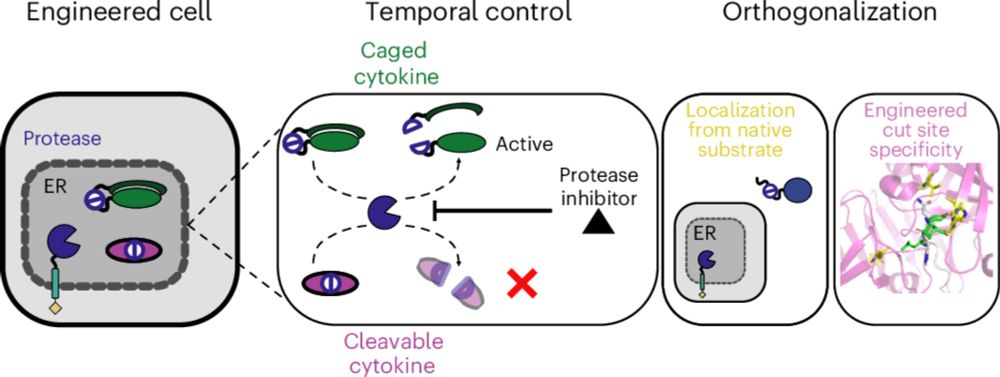
www.biorxiv.org/content/10.1...

TLDR: PANCS-binders is fast (2 days), cheap (pennies), has extremely high fidelity (low false positive and negatives), and high-throughput.
1/n
#biosky

TLDR: PANCS-binders is fast (2 days), cheap (pennies), has extremely high fidelity (low false positive and negatives), and high-throughput.
1/n
www.nature.com/articles/s41...
